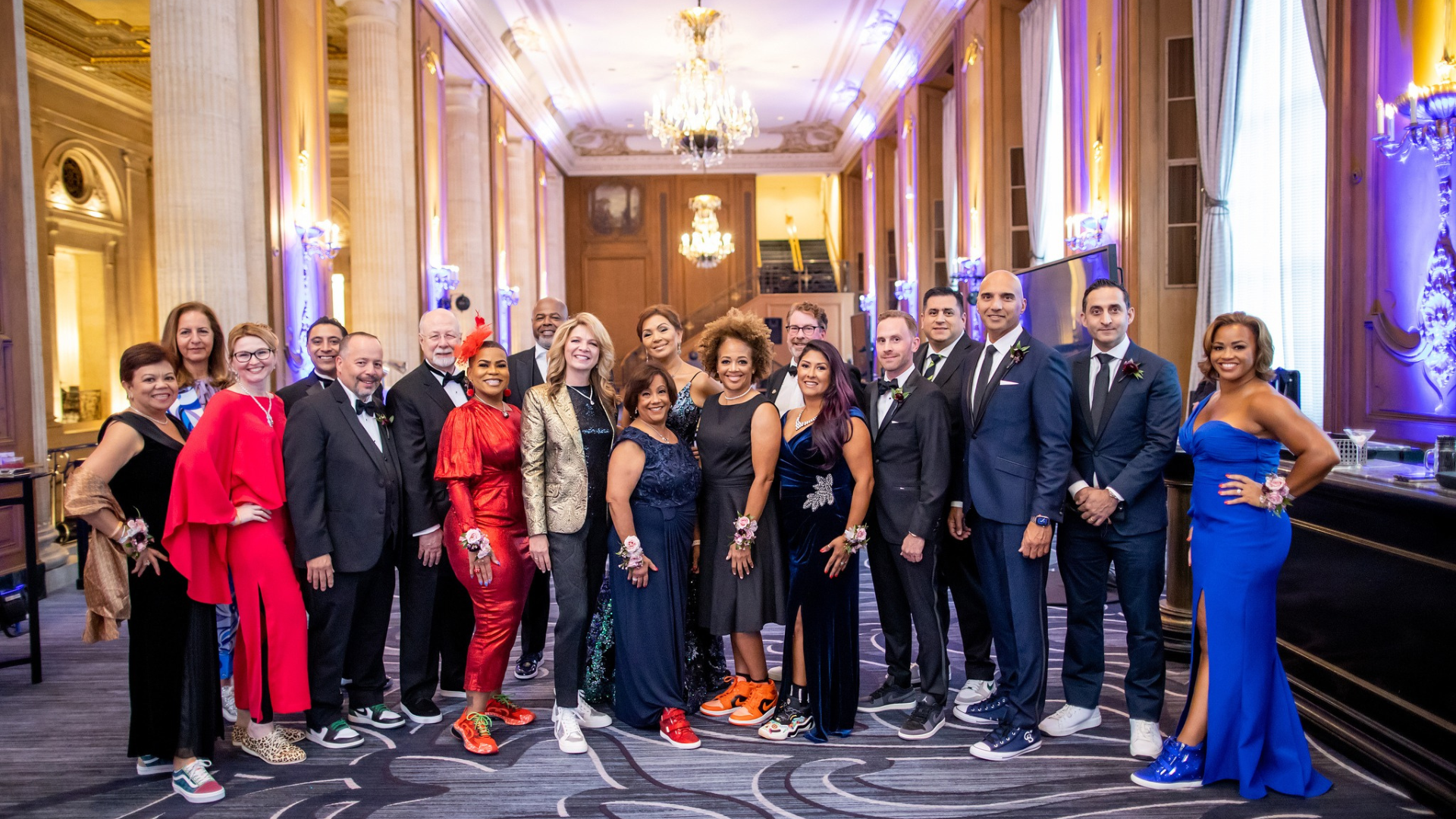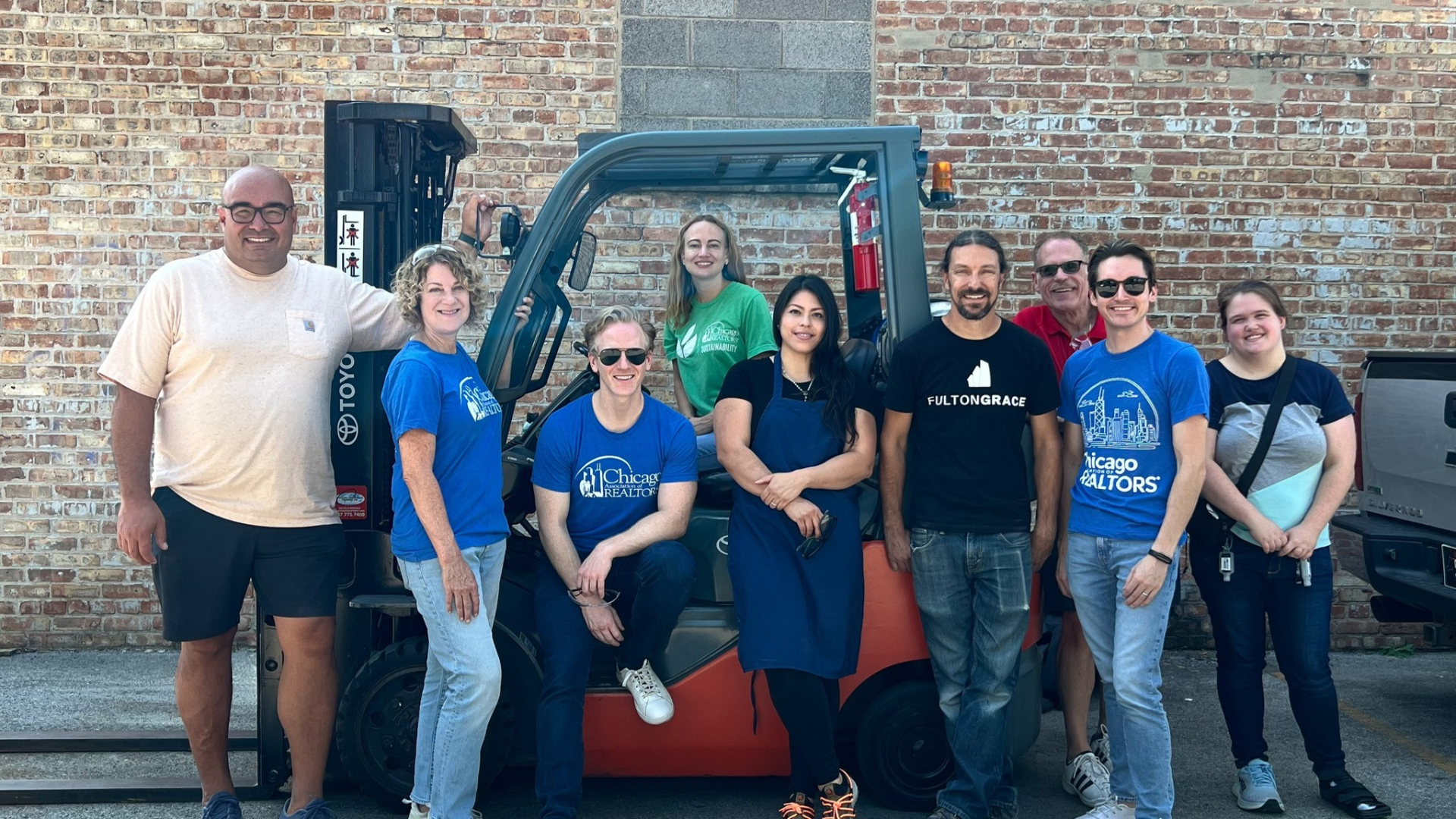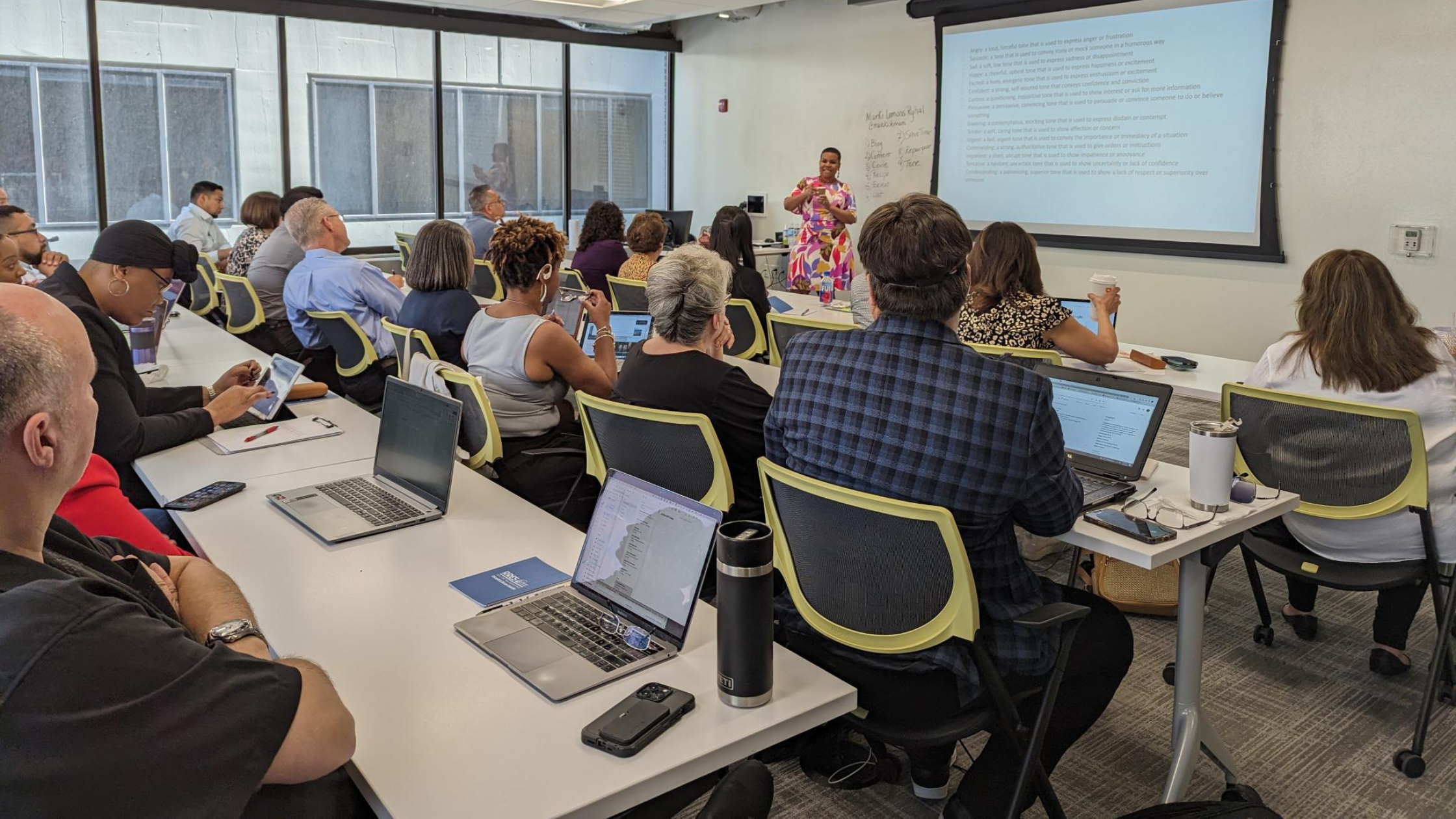One key component to making an investment property a successful endeavor for you or your clients is finding and securing the right tenants to live there, quickly and efficiently. Long-term, low maintenance tenants are every landlord’s dream, and they are critical to the financial health of the investment property.
Although generating and churning through rental leads can be exhausting, I was extremely fortunate to learn from some of the best local property managers in Chicago. Here are seven things that will make generating and converting high quality rental leads for your listings a little easier:
1. Create a marketing plan for your listings.
You should begin marketing a listing four to six weeks in advance, which limits the chance that the unit will be vacant for any meaningful amount of time, as even just one or two months of vacancy can cause significant financial stress. Also, in my experience, renters who start their search early tend to be more organized and ready to sign a lease. But remember, showing occupied units can be challenging, especially in our current landscape (the pandemic). Make sure to have a clear process in place to ensure that current tenants receive proper notice for all showings. Not only will this help avoid any confusion
when showing the unit, it will also show prospective renters that the property’s tenants are treated with professionalism and respect.
2. Take high quality photos to market the unit.
Renters tend to look at numerous properties online before scheduling live tours. Make sure your units stand out from the crowd by taking clear, bright photos of the exact unit that you are attempting to rent. If the unit is vacant, consider virtually staging the photos to give context to the empty spaces. If the unit is occupied, kindly ask the current tenant for permission to photograph their unit and ask them to clean and straighten the unit prior to the photoshoot. When posting unit photos, make sure they are sequenced in a way that is consistent with what the prospective renter will experience when they tour the property in person. The unit will seem more familiar and it will limit unpleasant surprises.
3. Write a description for your online listing.
Make sure to write your copy clearly and avoid using too many adjectives and unnecessary descriptions. The attention span of people looking at rental properties online is miniscule. Keep the description brief. Only list the details about the property that will be most valuable to renters, including bedroom sizes, floor material, closet space, sunlight exposure, pet policy, utilities included and excluded in the rent, application process and lease terms. Having this information clearly outlined will save you time and improve your conversion rate, as renters will be well-informed about the property’s key details prior to touring the unit.
4. Post ads on a variety of rental websites.
Make sure your ads are complete, consistent and regularly refreshed to ensure you generate as much lead traffic as you can. In my experience, Zillow and Apartments.com are consistently the two most productive websites for generating rental leads. Domu, Craigslist and Facebook Marketplace are also reliable platforms. And don’t forget to utilize the MLS, which can be a great resource to capture that highly qualified renter who is ready to immediately start their lease.
5. Respond quickly to rental leads.
I’ve found that by getting back to renters immediately after the lead is generated, you’ll greatly increase the chances of connecting with them. Catching renters while their attention is focused on finding a unit is the best time to determine if the unit is a good fit for them. The rental sales cycle can be less than 48 hours, so every minute counts. During the rental season, fairly priced and well-presented units often rent very quickly, leading to frustration and anxiety for renters. Doing your best to mirror their urgency will let renters know that you are taking their search as seriously as they are.
6. Draft questions for prospective tenants.
Make sure to create a set of questions for potential leasees before scheduling an in-person tour, which I’ve found will save you a ton of time and a mountain of frustration. It will also increase your conversion rate by ensuring the renters who tour the unit are well informed about the specifics of the unit and the application process. Some things to make sure you ask them about: lease terms, preferred move-in date, pet situation, preferred bedroom sizes, parking needs and application requirements. Another good question to ask rental leads is, “What about the unit that you saw online made you reach out for more information?” This will help you identify what each renter values in a rental unit and make it easier for you to determine if your listing is a good fit for them.
7. Schedule the rental showing.
You’ve done everything you can to increase the chances of someone renting your listing, and now your prospect is ready to view the unit. Make some small talk, let them get comfortable in the unit and pay attention to their immediate reactions to things. Stay out of the way and let them roam. After they have fully toured the unit, take this opportunity to be bold and try to close the lease. Don’t be afraid to use a closing question like, “How does this compare to the other units that you are targeting?” or, “Is there anything preventing you from renting this apartment today?” Listen to their answer and assure them that you hear what they are saying. If there is an objection, do your best to handle it by speaking to the issue directly. If it is something that you can affect, like waiving a move-in fee or negotiating a few percentage points off the rent, do it! Renting the unit quickly to a quality tenant is the ultimate goal, and landlords will typically be grateful for submitting a strong lease application package.
Beyond these seven points, there are a few final things to consider incorporating into your practices when generating and converting rental leads.
- Consider producing a video tour of the unit. It can help your listing stand out on crowded listing sites and convert a relocation renter who will likely sign a lease without touring the unit in-person.
- Experiment with scheduling group showings. Renters are used to a quick sales cycle, so seeing other prospective renters touring the same unit could increase their urgency to sign.
These systems and processes will help you generate more quality leads for your rental listings and convert them more frequently. Good luck!







